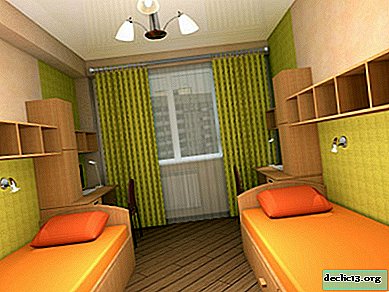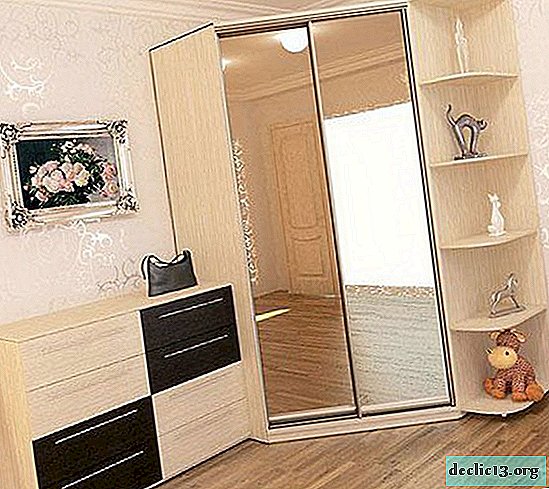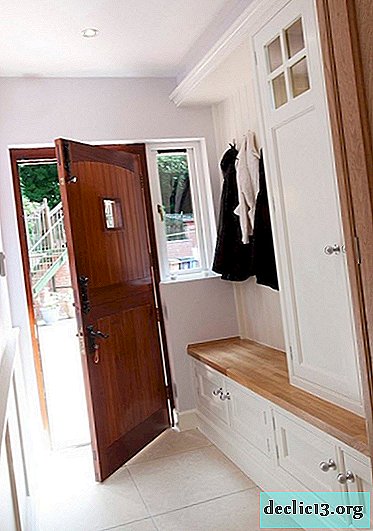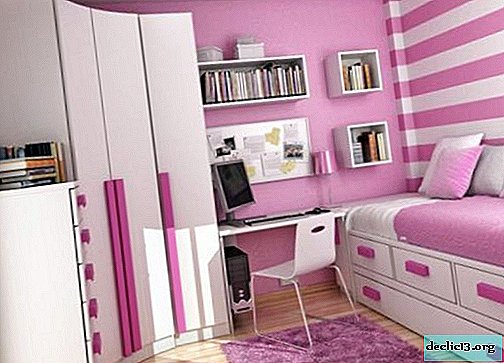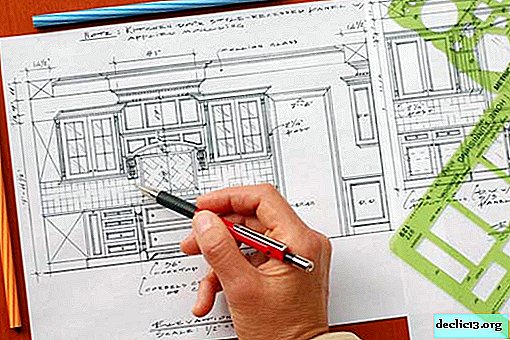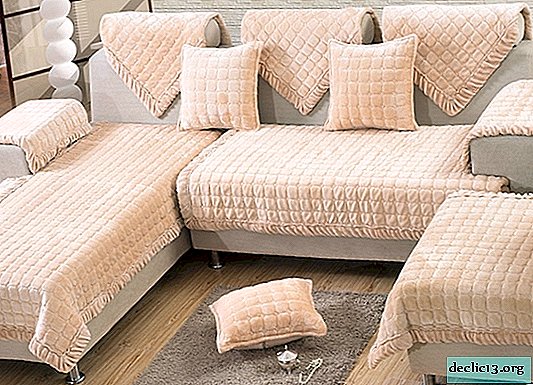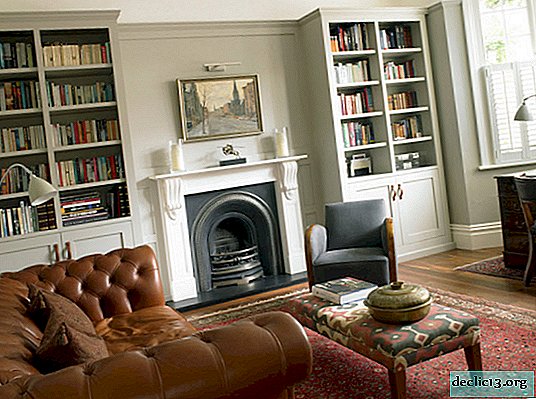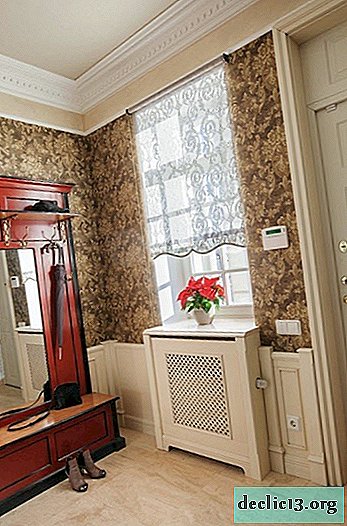Wardrobe in the hallway
It is from the hallway that the first impression of the interior of the house and, of course, its owners begins. Therefore, it is very important to think over the design and organization of this zone. After all, a mini-room at the entrance is a limited space where functionality and aesthetics must be perfectly balanced. One of the faithful assistants in the design of this part of the housing with the least time and material costs is a multifunctional and versatile wardrobe.





Benefits of using a wardrobe in the hallway
Sliding wardrobe can be case or built-in. Unlike a conventional cabinet, the doors of a sliding wardrobe move instead of swinging open.
From the point of view of practicality and economy, the built-in closet is considered optimal for the arrangement of the hallway. In this case, it lacks one or a couple of sides, as a rule, it is the side or back walls. Such a cabinet is most often installed in a special niche that is built into the wall, which allows you to:
- rational use of limited space;
- save money due to the lack of side or rear walls;
- give the room a more well-groomed and aesthetic appearance, since all shelves with shoes, accessories, hats and clothes will be hidden behind the facade;
- hide flaws - cover a niche, pipe or defective wall.






In addition, you always have the opportunity to order a wardrobe model for your hallway: plan the placement of hangers and shelves, equip drawers and bars in accordance with the needs of all households.





How to choose?
Material
First of all, you need to decide on the material of manufacture of the future wardrobe:
- MDF - fiberboard - harmless, environmentally friendly material, more durable and resistant to moisture. Such a wardrobe will last a long time, but at a price it will cost more.
- Laminated or veneered particleboard - particle board with high characteristics, with respect to strength. This material is easy and convenient to maintain and operate, chipboard is cheaper than other materials.





Choosing the right material for the manufacture of such furniture in the hallway, you should determine its dimensions, which should correspond to the dimensions of the room. So, the height of the cabinet is limited only by the ceilings of the hallway. However, if the ceiling is suspended, it is important to provide a small clearance between the cabinet and the ceiling of at least 50 millimeters.
Advice! The most convenient optimal cabinet depth is 60 cm, when the bar for hangers is placed in the standard way, and the cabinet itself will eventually be more spacious. For a narrow entrance hall, it is better to reduce the depth of the wardrobe to 40 cm using end rods.







It is important to remember that built-in wardrobes may not have a top panel, floor, side or rear walls, and structural elements and all the contents can be attached to the wall itself. Therefore, it must be understood here that wall decoration should not be made of drywall, because this material is quite soft and not able to withstand loads.
Also keep in mind that the built-in closet will be permanently located and it will not be possible to move it to another room or it will not be possible to move, because such closets are designed for a specific section of the room or niche.








Doors
A significant advantage of any wardrobe, of course, are the doors. The sliding mechanism, unlike the swing mechanism, does not require additional space, while at the same time it allows the most rational use of all useful room meters. A large number of finishes, styles, colors makes it possible for the cabinet to blend in seamlessly with any interior.




The most popular and relevant design options for the facades of sliding wardrobes are designs for 2 or 3 doors. In such cabinets, the doors move left and right with the help of fastening rollers traveling along the “rail” inside the metal frame, and the door with the frame can also be moved along a special monorail. Such a mechanism provides for the presence of aluminum or steel components.
Important! Pay attention to the width of the sliding wings, it should be no more than 1 meter. The wide door is not only inconvenient to move, but you can also quickly disable the fittings and guides, because such a design has a fairly high load.







In the decoration of facades use different materials: stained glass, mirror, natural materials, plastic, decorative glass. But choosing the external design of the doors, remember that:
- mirror mosaics and mirrors visually expand the space;
- glossy surfaces give the interior nobility and a certain depth;
- decorative solid panels without decor make the interior heavier.




As for the color palette, it is obvious that in a small corridor it is better to put a sliding wardrobe in light shades, and vice versa, the facades of dark deep tones are better suited for spacious hallways.
Filling the wardrobe for the hallway
Beauty is beauty, but no less significant component is the internal content of the wardrobe, and for this you need to plan in advance the list of things that will be stored in it. As a rule, built-in wardrobes for hallways consist of:
- mezzanines for storing large essential items: travel bags, boxes of household appliances, sports equipment, etc .;
- open shelves and narrow cells up to 32 cm high;
- drawers and baskets;
- rods for hangers for hanging clothes or pantographs installed at the very top of the cabinet, which can be lowered to the desired position using the lever;
- sliding shelves for shoes;
- hangers for belts, scarves and ties.







Properly choosing the design of the cabinet for your hallway, you will provide a reliable and convenient place to store clothes and shoes for all seasons.

